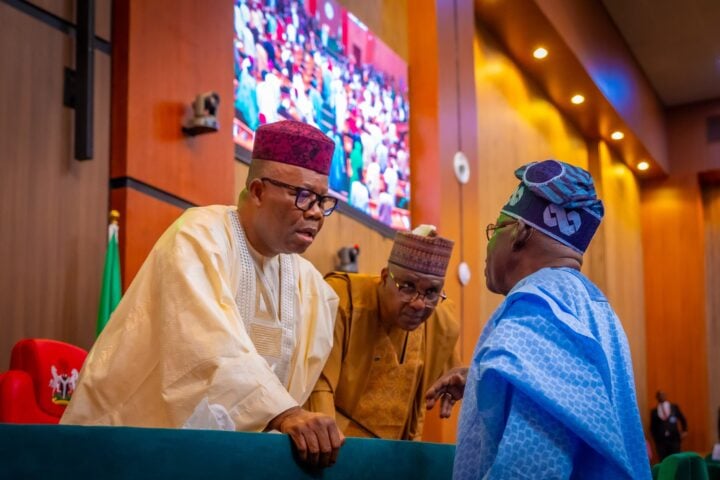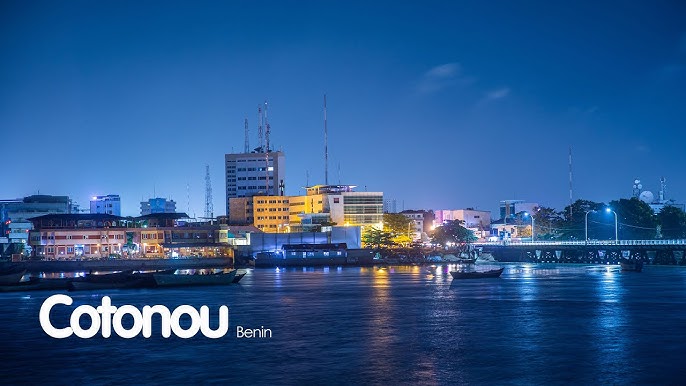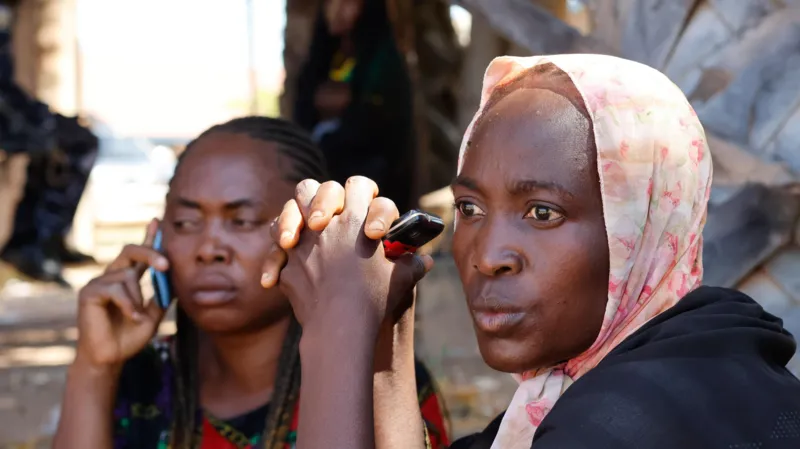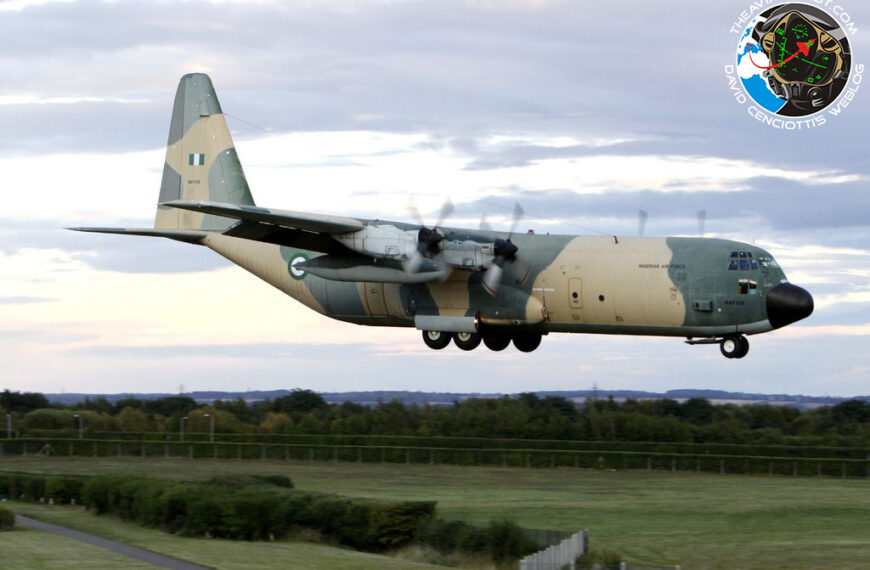Abuja, Nigeria — August 4, 2025
The Federal Government has provided detailed clarifications regarding the ₦987 billion allocated for the redevelopment of airport infrastructure across Nigeria, with a significant portion earmarked for the Murtala Muhammed International Airport (MMIA) in Lagos.
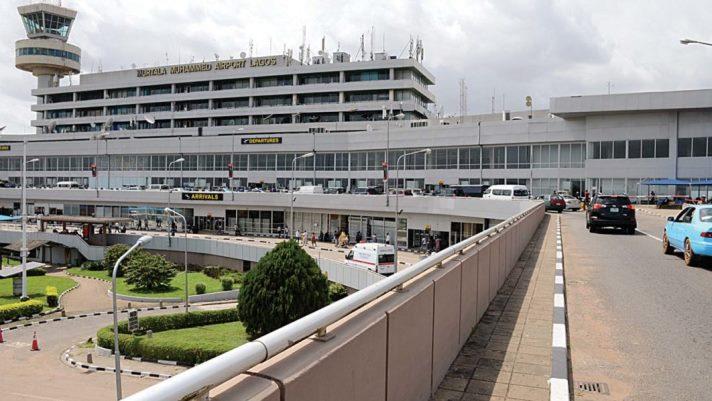
Scope of the Redevelopment
The centerpiece of the project involves a comprehensive overhaul of Terminal One at MMIA. According to Minister of Aviation and Aerospace Development, Festus Keyamo, the terminal will be stripped down to its structural frame, with all mechanical, electrical, and plumbing systems replaced to meet international standards. This approach aims to transform the aging terminal into a modern facility capable of handling increased passenger traffic.
Additionally, Terminal Two will undergo expansion, including the construction of a new apron, access roads, and bridges to enhance operational efficiency. A ₦49.9 billion perimeter fencing project will also be implemented to bolster security, featuring an intrusion detection system, CCTV cameras, solar-powered floodlights, and a patrol road.
Funding and Transparency
The entire redevelopment plan is financed through the Renewed Hope Infrastructure Development Fund, utilizing savings from the removal of fuel subsidies and the unification of the naira exchange rate. Minister Keyamo emphasized that no loans are involved in the funding of this project, ensuring that it does not contribute to Nigeria’s debt burden.
To ensure transparency and accountability, the Ministry of Aviation has committed to regular public briefings and site tours, inviting civil society groups, members of the National Assembly, and the media to monitor the progress and quality of work.
Public Reception and Criticism
While the redevelopment plan has been lauded by some for its potential to modernize Nigeria’s aviation infrastructure, it has also faced criticism. Opponents argue that the substantial investment could be better utilized in other sectors, such as healthcare, education, and road infrastructure, which they believe would have a more direct impact on the lives of ordinary Nigerians.
Despite these criticisms, Minister Keyamo defended the project, highlighting the necessity of modernizing the nation’s airports to meet international standards and accommodate growing passenger numbers.
Conclusion
The ₦987 billion airport redevelopment plan represents a significant investment in Nigeria’s aviation infrastructure. While it has sparked debate, the government remains committed to ensuring that the project is executed with transparency and accountability, aiming to enhance the country’s position as a leading aviation hub in Africa.











